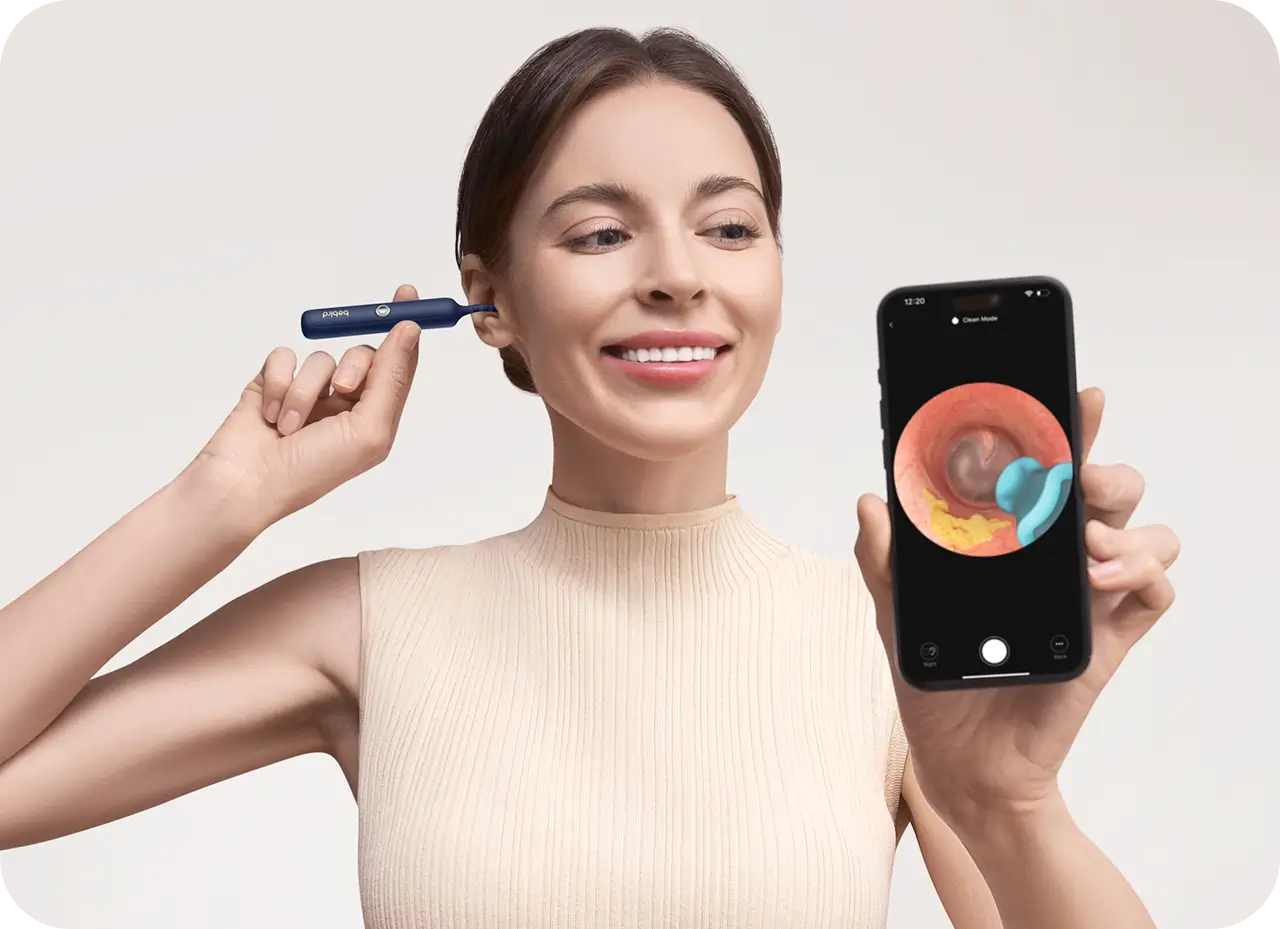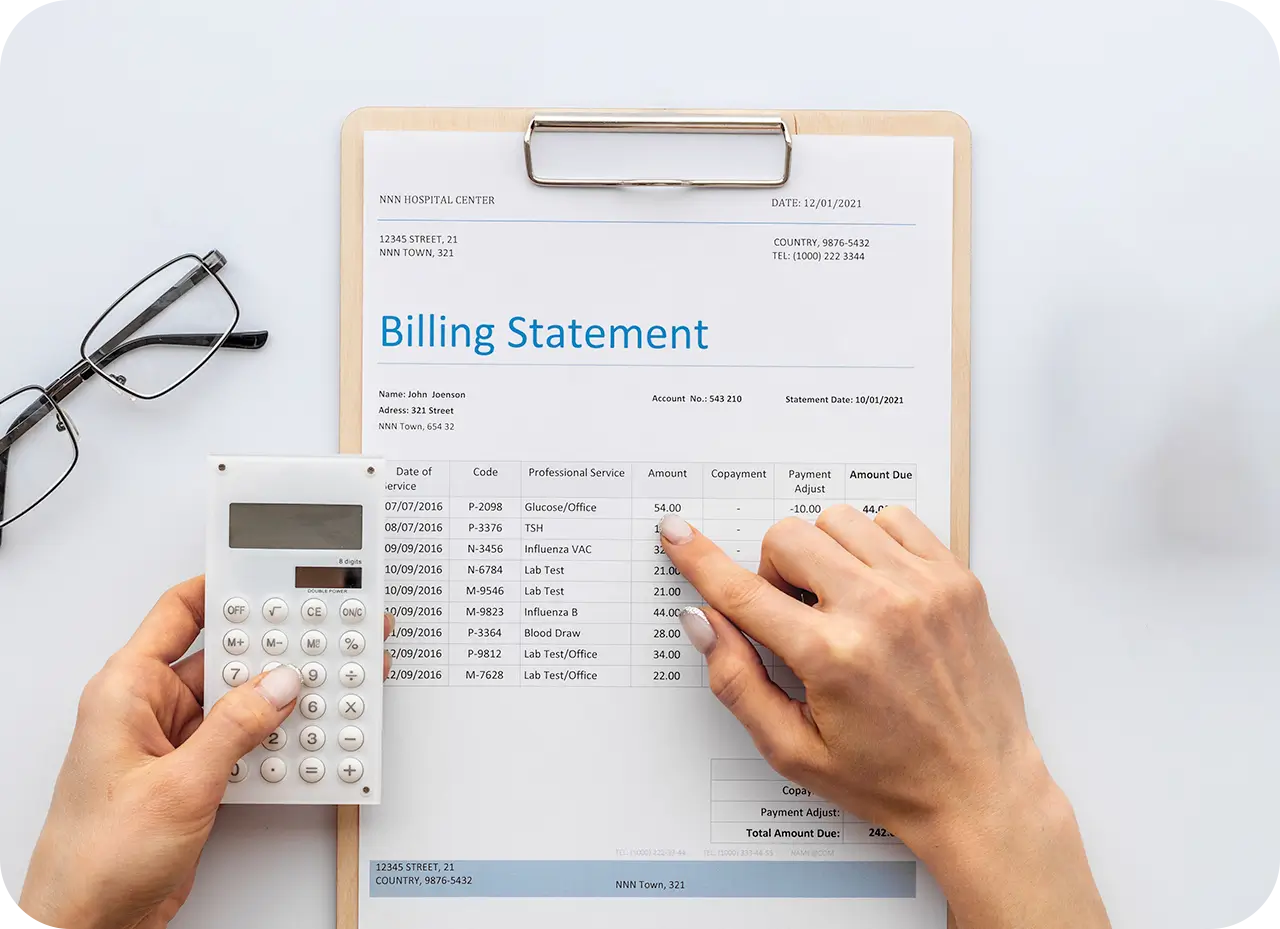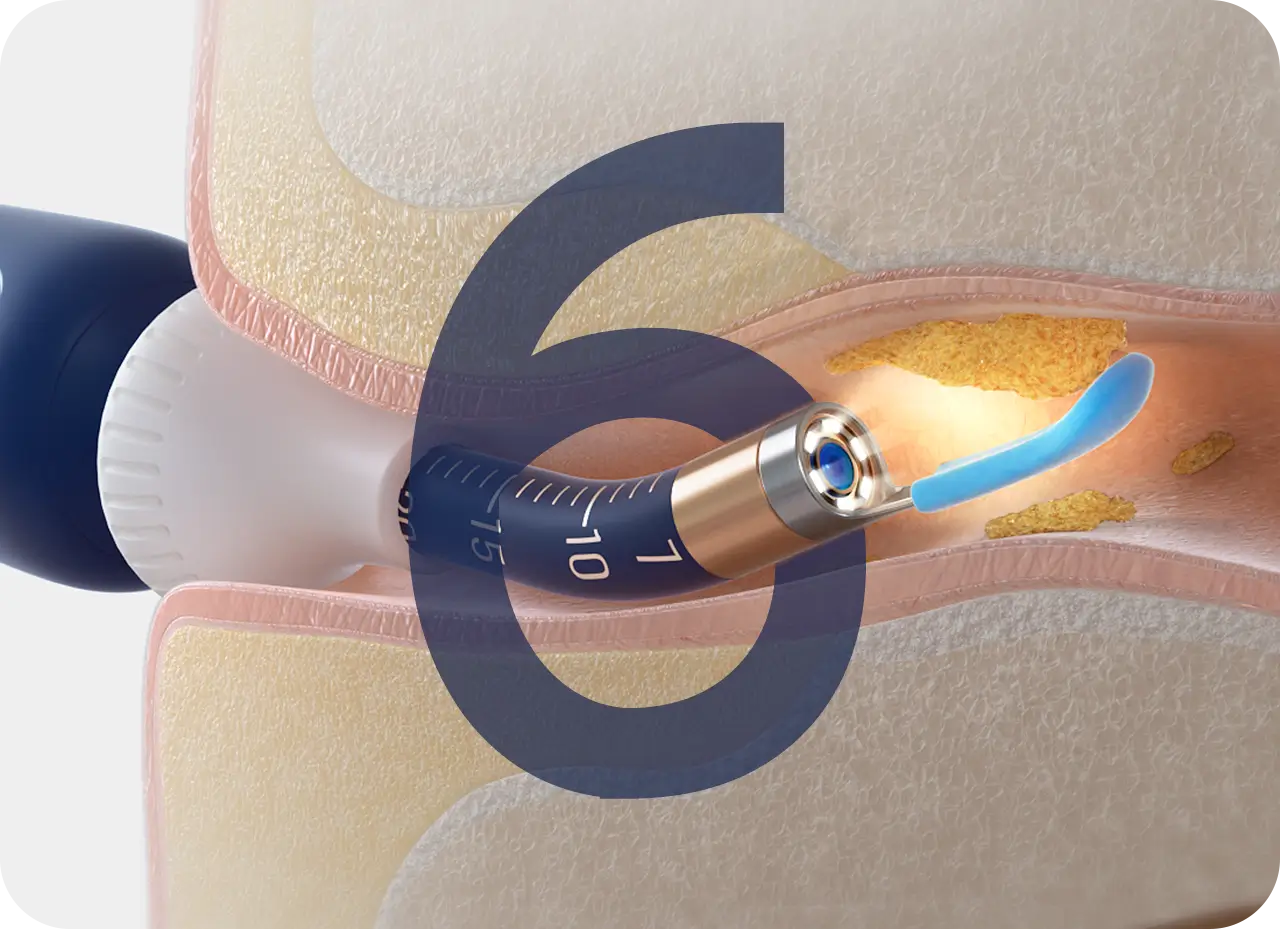When used properly, these kits are a safe and convenient way to keep your ears clean at home. Many people worry about causing damage, but as long as you follow the instructions and use the right tools, you can easily avoid any issues. In this article, we'll break down how ear cleaning kits work, their benefits, and share some tips to ensure you're cleaning your ears in a safe way. Let’s dive in!
What is Earwax and Why Does It Build Up in the Ear Canal?
First off, let’s talk about earwax—yes, that sticky stuff you probably don’t think much about until it starts to bother you. Earwax is actually a pretty important part of your ear’s defense system. It traps dust, dirt, and other particles, preventing them from going deeper into your ear. It also helps keep the skin in your ear canal moist, so you don’t get itchy.
But sometimes, earwax builds up too much. It can happen for a few reasons:
-
You might produce a little more earwax than usual (thanks, genes!).
-
Using cotton swabs can accidentally push wax deeper into your ear, making it harder for your body to get rid of it naturally.
-
Things like moisture, dirt, or even certain health conditions can contribute to a build-up.
When this happens, it can make your ear feel blocked, or even affect your hearing. And that’s when it’s time to clean up the mess!
What Are Ear Cleaning Kits?
So, what exactly are ear cleaning kits? Simply put, they’re tools designed to help you clean your ears without needing to go to a doctor. These kits come in all kinds of shapes and sizes, but they generally fall into three categories:
-
Manual Tools: Think of ear picks, tweezers, or small spoons that let you carefully remove visible earwax. They're super simple and easy to use, but you need to be gentle—don’t go poking around too much!
-
Electric Cleaners: These little gadgets use suction or gentle streams of water/air to help clear out earwax. They’re often pretty comfortable to use and can get the job done without much effort on your part.
-
Ear Drops: These are a super easy option to soften the earwax, so it naturally works its way out of your ear. You just drop them in, wait a bit, and let the wax loosen up.
Each of these options can help you clear up that annoying wax buildup, but just remember: always follow the instructions and use them carefully!
Benefits of Using Ear Cleaning Kits
Ear cleaning kits can make managing your ear hygiene a breeze. When used properly, they come with a ton of benefits that can save you time, money, and keep your ears feeling fresh. Here’s why you might want to consider adding one to your routine:
1. Super Convenient
Let’s face it—going to the doctor for a simple ear cleaning isn’t always the most convenient option. With an ear cleaning kit, you can do it yourself at home whenever you want. Whether you’re watching TV or relaxing after a long day, you can quickly and easily clean your ears without the hassle of appointments or long waits. Plus, it’s super convenient for those little wax build-ups that tend to sneak up on you.
2. Affordable
Getting your ears cleaned professionally can cost a pretty penny, especially if it’s something you need to do regularly. But with a cleaning kit, you’re making a one-time purchase that will last you a while. Many kits come with multiple tools or a refill of ear drops, so you get a lot of bang for your buck. That way, you can keep your ears clean without breaking the bank.
3. Prevent Earwax Buildup
Over time, earwax can build up and start affecting your hearing or making your ears feel stuffy. Using an ear cleaning kit regularly helps prevent that from happening. Instead of waiting until your ear feels blocked or uncomfortable, you can stay on top of earwax before it becomes an issue. Regular cleaning can also help reduce the chance of ear infections that sometimes happen when wax traps bacteria in the ear canal.
4. Maintain Hygiene
Just like brushing your teeth or washing your face, cleaning your ears is part of a solid hygiene routine. Keeping your ears clean helps you maintain a healthy ear canal and prevents any wax from interfering with your hearing. Plus, it feels nice to know you’re doing something good for your body, right?
5. It’s Easier Than You Think
Using an ear cleaning kit doesn’t require any special skills, and most kits are designed to be simple and easy to use. Whether it’s a manual tool like an ear pick, an electric cleaner, or ear drops, the instructions are usually straightforward.
6. Safe When Used Right
A major concern for a lot of people is whether using ear cleaning kits is safe. The good news? Yes, they are—but only if you use them correctly. When done right, ear cleaning kits help you maintain ear health without causing damage. Of course, it’s essential to be gentle and avoid overdoing it, but as long as you stick to the instructions, they are a safe and effective way to take care of your ears.
7. No More Using Cotton Swabs
We’ve all been guilty of trying to clean our ears with cotton swabs, but did you know that this can actually push wax further into your ear canal? Yikes. Ear cleaning kits eliminate this risk by providing tools designed for safe use. You can skip the swabs and feel good about the fact that you’re cleaning your ears in a way that won’t cause more harm than good.
What Are the Safe Ways to Clean Earwax?
When it comes to earwax removal, there are a few tried-and-true methods that are safe and effective. Here are three of the best ways to clean your earwax without risking injury:
1. Use Ear Drops
Ear drops are a gentle and safe way to soften earwax so it can easily work its way out of the ear canal. These drops usually contain a mild solution that softens the wax, making it easier to remove or allow it to naturally fall out. Simply follow the instructions on the package—usually, you’ll place a few drops in your ear, wait a few minutes, and then let the wax loosen and drain out. This method is simple and non-invasive, making it ideal for most people.
2. Warm Water Irrigation
Another safe method is using warm water to irrigate the ear. You can do this with a bulb syringe or ear irrigation kit. The warm water helps soften the earwax, and when you tilt your head, it will drain out along with the softened wax. It’s important to use gentle pressure and avoid sticking anything too deep into your ear. This method is easy to do at home and can be very effective when done correctly.
3. Using Bebird Ear Cleaning Tools
For a more advanced and thorough cleaning method, ear cameras and specialized ear wax removal tools like those offered by Bebird are a fantastic option. Bebird’s EarSight Plus is a great example. It comes with a built-in camera, allowing you to see exactly what’s happening inside your ear as you clean. This makes it easier to remove earwax safely and precisely without worrying about pushing it further in. The bendable lens and manual tweezers make it simple to get a deeper clean without risking injury. Plus, with the added benefit of portability, you can safely clean your ears at home with ease.
No matter which method you choose, always be gentle and avoid inserting anything too deep into the ear. If you're ever unsure or if you have persistent earwax problems, it’s best to consult a professional. With the right tools and techniques, you can keep your ears clean and healthy without worry!
Conclusion
At the end of the day, cleaning your ears safely is all about using the right tools and methods. Whether you choose ear drops, warm water irrigation, or ear cleaning tools, the key is to be gentle and follow the proper steps.
If you're looking for more precision, brands like Bebird offer excellent ear cleaning tools that can make the process easier and safer. But always remember, if you're unsure or dealing with stubborn wax buildup, a visit to a professional is never a bad idea.
Your ears are delicate, so treat them with care—and they’ll keep you hearing your best!
Related: Do Ear Cleaning Kits Work?









Leave a comment
All comments are moderated before being published.
This site is protected by hCaptcha and the hCaptcha Privacy Policy and Terms of Service apply.